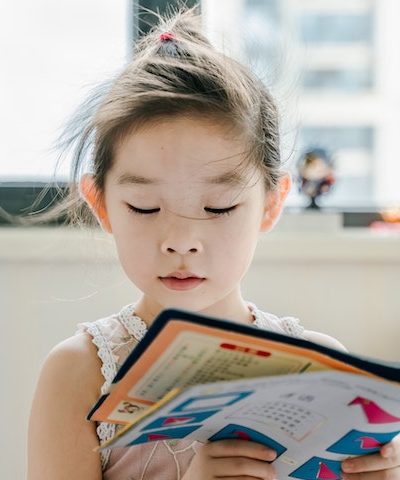- Have any questions?
- (561) 206-2574
- [email protected]
An Alternative Way for Children to Learn Math

A+ Results: Local Female Entrepreneur from Coral Springs Helping Special Needs Students Learn Locally and Across the Nation
October 26, 2020
The Gutenberg Printing Press
January 10, 2021An Alternative Way for Children to Learn Math

Singapore Math
Singapore Math is a teaching method commenced in the 1980’s by the Singapore Ministry of Education for use for grades one through sixth. (See Brown, Hu, and Wright). The approach is more conceptual than the memory/rote learning of traditional mathematics.
In 1998, through their company, Singapore Math Inc., Jeffrey and Dawn Thomas introduced the program to the United States. According to this couple, Singapore students ranked among the top in world testing such as TIMSS (Trends in International Mathematics) and PISA (Programme for International Student Assessment). Moreover, in the United States, students who studied Singapore Math ranked “at or above NAEP Proficient” on United States math assessments.
Singapore Math focuses on mastery which is achieved through intentional sequencing concepts which consist of the following features:
- CPA or Concrete Pictorial Abstract, which builds upon existing knowledge by:
- Concrete – students’ interaction with physical objects and model problems.
- Pictorial – students make the mental connection between the physical object and the visual representation.
- Abstract – symbolic modeling of problems using numbers and math symbols such as +, - , x, etc.
- Number Bonds which are pictorial techniques where a whole number is one circle connected by parts of the number adjoined in connecting circles.
- Concrete State in which the teachers will lead a classroom activity. For example, the teacher will ask five students to come to the front of the class pretending they are birds, and then the teacher tells two more children to join them and asks the class,” how many birds are in the front of the room?”
- Pictorial Stage – will have students shown visual representations of the five birds and two birds.
- Abstract Stage – at this stage, the students are shown an equation of the problem.
- Bar Modeling – using bar modeling, students can visualize a range of math concepts such as fractions, ratios, percentages, etc. This method is most effective when it is used throughout the program.
- Mental Math – is a strategy that develops number sense and flexibility by having the students perform the problem putting numbers into parts and using them in a different order as illustrated by number bonds. As students learn, they can apply different mental math strategies to problems and adapt ones they already they know how to perform. The students can also use their own discernment when and where to use their strategy.
The Pros and Cons of Singapore Math
Pros:
- Textbooks and workbooks are easy to read.
- It is closely aligned with Common Core State Standards Initiative.
- Textbooks are sequential building on previously learned concepts.
- Students build meaning to learned concepts and skills as opposed to rote memorization of rules and formulas.
- Covers fewer topics in one year but has an in-depth method to ensure students have the foundation to move forward
- without the need to relearn concepts.
Cons:
- Requires extensive and ongoing teacher training which may not be practical or financially feasible for certain school districts or homeschooled children.
- It is closely aligned with Common Core State Standards Initiative (some individuals are not impressed with this initiative).
- Supplies are consumable which means they must be re-ordered for every classroom for each year, which could place a financial strain on a school budget.
- There is less focus on applied mathematics utilized in traditional United States textbooks. For example, these traditional textbooks emphasize data analysis using real life, multiple step math problems while Singapore Math is more conceptual and ideological.
- The Singapore Math program does not work for a “nomadic” student population who move in and out of districts since Singapore Math does not reteach concepts or skills. This could set up students for failure if they move to a new school.
- Some schools find that this method is not easy to implement.
The decision to utilize Singapore Math is an individual choice that may work well for one student and not for another. For more information see:
- Brown, Laura L., “What’s Singapore Math?” (https://www.pbs.orgt/parents/education/math/math-tips-for-parents/whats-singapore math/).
- Hu, Winnie (September 30, 2010). “Making Math Lessons as Easy as 1, Pause,2, Pause…” (https://www.nytimes.com/2010/10/01/education/01math.html The New York Times, New York, NY.
- Wright, Gerard (May 12, 2008). “Mathematics Mighty Ducks” (http://www.theage.comau/news/education-news/mathematics-mighty-ducks/2008/05/10/1210131279908.html) The Age. Australia.
- Singapore Math (http://singaporemath.com/what-is-singapore-math/)
- Very Well Family (http://verywellfamily.com/singapore-math-pros-and-cons-620953)

